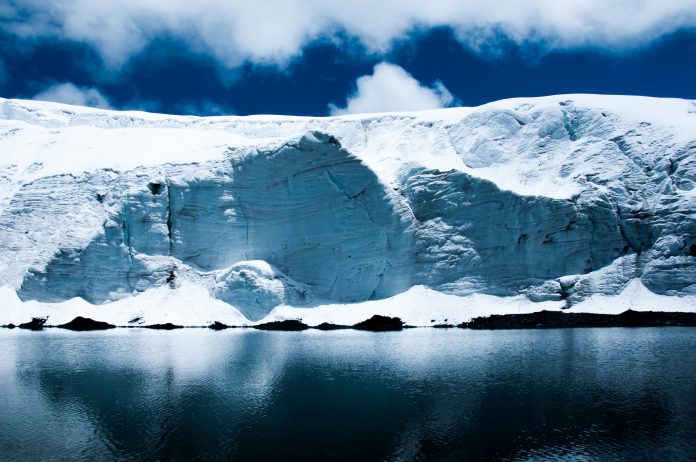In a massive effort to fight climate change, scientists embark on a $50 billion mission to safeguard one of Earth’s most critical ice formations, Thwaites Glacier in Antarctica
Nicknamed the ‘Doomsday Glacier’ for its potential to devastate global sea levels, Thwaites faces challenges as it loses 50 billion tons of ice annually.
What is the plan?
Led by Professor John Moore and a team of international experts, the ambitious plan aims to create a solution to halt Thwaites’ rapid decline.
They plan to use a 62-mile-long curtain anchored to the seabed strategically positioned to intercept warm ocean currents that threaten to erode the glacier’s underside.
The importance of the Thwaites Glacier
Covering an area equivalent to the size of Britain, its melting alone contributes 4% to the rise in global sea levels. If it was submerged entirely, sea levels could surge by up to 10 feet, placing coastal cities worldwide at serious risk.
As climate change accelerates, warmer ocean temperatures intensify the rate of underwater melting, worsening Thwaites’ vulnerability. Traditional ice thickening and thinning cycles have been disrupted, with thinning far outweighing growth, a trend heightened by human-induced greenhouse gas emissions.
Deploying a huge underwater curtain may seem radical, but it represents a bold attempt to address the root cause of Thwaites’ downfall. By blocking the influx of warm water beneath the glacier, scientists hope to restore equilibrium and mitigate the consequences of its collapse.
Building a curtain
Although the idea is still in its early days, early testing at Cambridge University’s Centre for Climate Repair shows promise.
This project would cost $50 billion, and funding from the 29 countries party to the Antarctic Treaty will be crucial. Thwaites Glacier exemplifies our planet’s changing climate, reminding us of the urgent need for collective action.
With the fate of many livelihoods and cities lying in the hands of the Thawaies Glacier, this project offers hope that if the glacier does submerge, the impact may not be as catastrophic.











